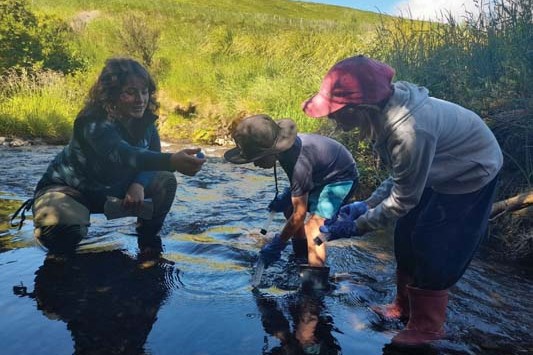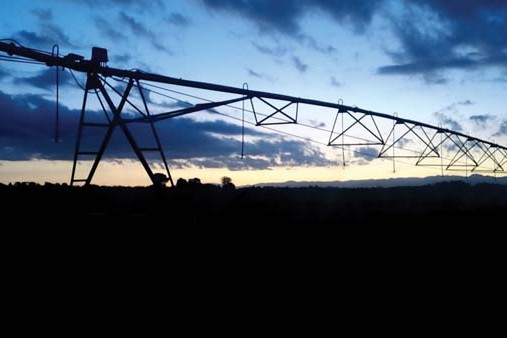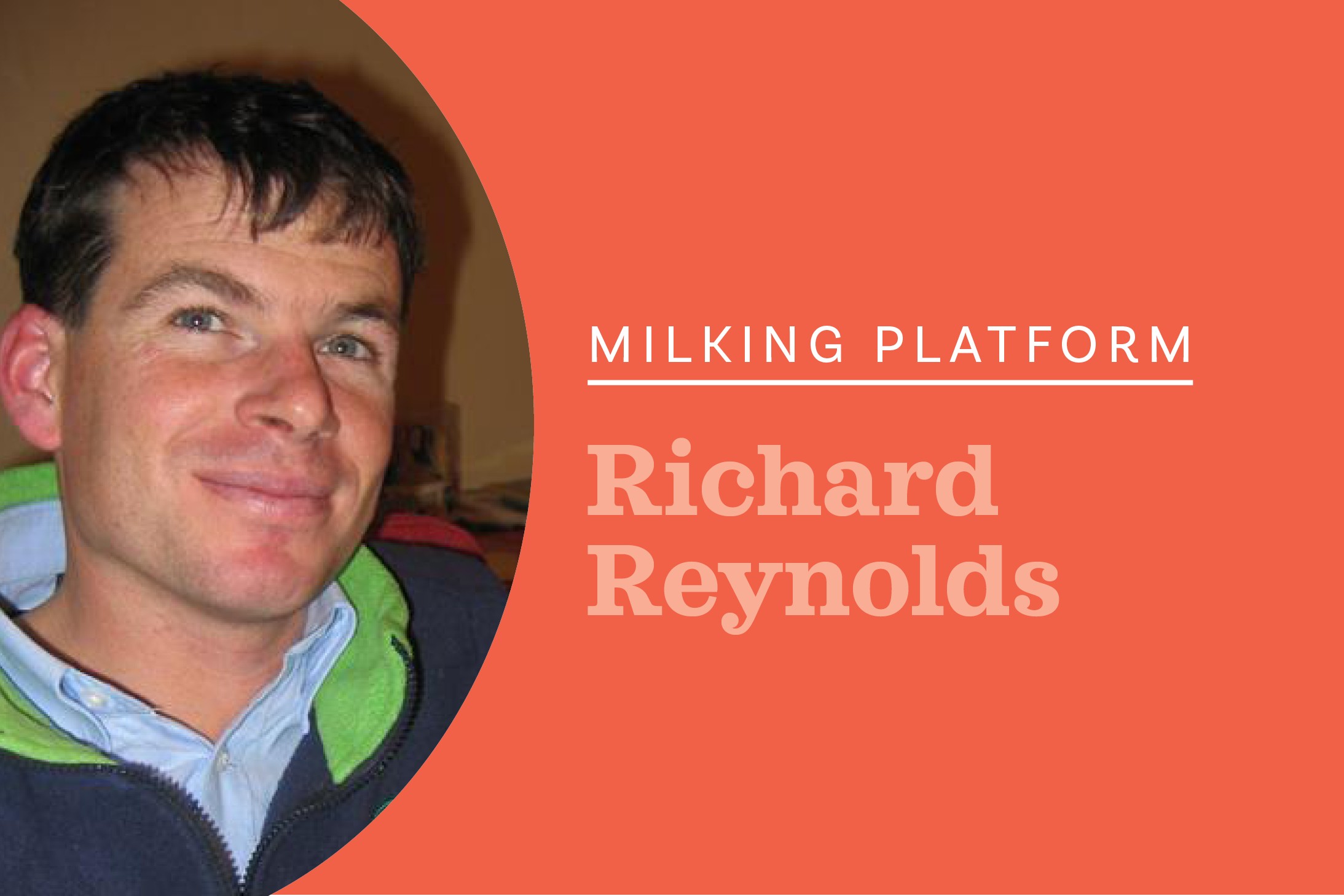A holistic approach to monitoring water quality
Checking the eDNA of water in the river crossing through their farm has had a positive impact, Penelope Drysdale writes.

 OUR farm vision is to regenerate a thriving ecosystem, but we never actually thought through how we were going to monitor the success of it.
OUR farm vision is to regenerate a thriving ecosystem, but we never actually thought through how we were going to monitor the success of it.
We have been doing everything we can to achieve diversity, but we never actually knew how diverse our ecosystem was. Then we came across a very cool company called Wilder Lab testing the environmental DNA or the tiny traces of genetic material in skin, hair, slime, faeces from animals across the tree of life, from a water sample to determine the health of the ecosystem.
I started thinking about how we could use this technology to access the health of our waterways and also what impacts we are having on the water quality as it flows through the dairy farm. We saw this adventure as an opportunity to work with our partners at AgResearch, Taiao Ora Contracting and local Hapu as we have already achieved so much working together to restore and enhance the Manawatu River running through the farm.
We test five sites along the river right up into the bush, but at Te Miro our main focus is on the three sites on the farm. We are testing as the water enters the property, in the middle and as it leaves the farm. The results from the eDNA have blown us away by the diversity and health of our waterways.
As well as the eDNA we test the conventional water quality measures (e-coli, turbidity, nitrates, phosphates) at the same time to see if we notice any correlation between the results.
The eDNA results provide a TICI score, which ranks the health of the ecosystem based on the presence of certain species. If there are lots of things present which can survive in a highly polluted environment then the score will be low, if there are lots of species that only can tolerate pristine conditions the score will be high.
We are able to gauge the levels of pests in and around our waterways as well as identify the presence of more precious species which may need more protection. We are able to try to create an environment from these results which will enhance biodiversity.
We have found the eDNA to be a really neat way of measuring the health of our waterways rather than just using measures of e-coli., nitrates and phosphates. However, testing these conventional measures alongside the eDNA has been very useful and has allowed us to make onfarm decisions about retirement of marginal land.
Following intensive grazing of marginal areas alongside the river, there were spikes in the e-coli levels in the water leaving the farm. Normally in the river there is less e-coli leaving the farm than is coming in, but after certain grazing events we noticed the levels leaving the farm were lifting.
Interestingly, this wasn’t impacting the eDNA TICI scores and the levels were dropping back in time. But it did make us think about the production value of those areas and the negative impact on water quality. This allowed us to make well-informed decisions on retiring this land into what will be native plantings, knowing we will have a direct positive impact on the quality of the water.
Embracing this new and exciting technology and through financial support from Our land and Water to undertake this intensive level of testing, we have been able to monitor the success of our farm vision and make good decisions onfarm that we know will have a positive impact without impacting the productivity or profit of our farming operation.
I’d like to give a big thanks to Our Land and Water for supporting this project as we continue on our journey of regenerating a thriving ecosystem here at Te Miro Farm. Lastly, I would encourage everyone to take a deeper look at the ecosystems in their farm waterways, you’ve got nothing to lose and everything to gain.





